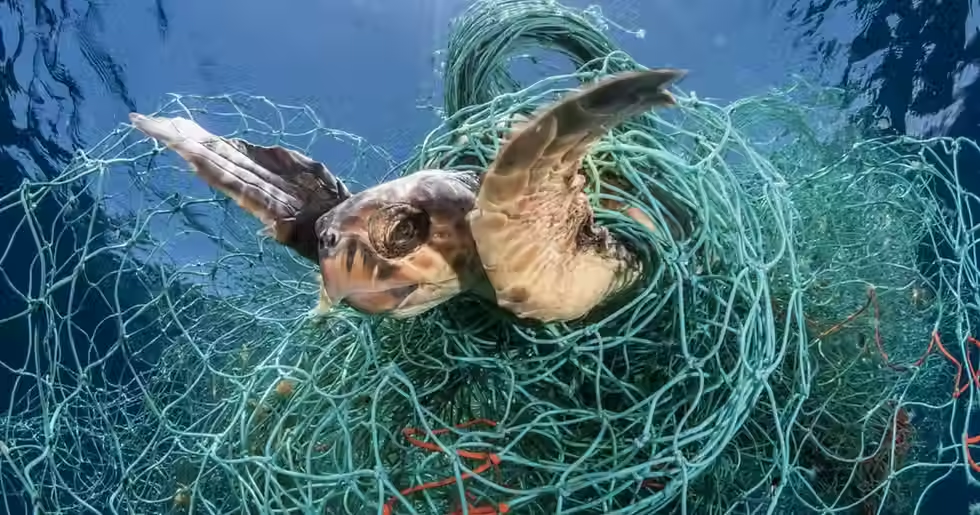Does Meat Meet Our Water Conservation Standards?
- Zoe Xu

- Mar 11, 2021
- 3 min read
By Zoe Xu, Grade 11
Enter a McDonald’s anywhere in America and you can buy a cheeseburger for a dollar. Americans eat approximately 0.6 pounds of meat a day, totaling 222 pounds in a year. (1) It’s no revelation that meat is practically part of the American psyche, nor is it surprising that globally, the water footprint of meat accounts for a third of the entire agriculture industry (2)— which already constitutes 70% of the world’s water usage. (3) After all, each pound of beef has a water footprint of 1800 gallons, while a pound of pork takes around 576 gallons (4) and chicken hides 519 gallons. (5)
Those numbers might seem excessive, but remember that animals aren’t born full-grown and ready for consumption. We’re all probably familiar with the concept of the energy pyramid which indicates this: every time energy (or any resource) transfers up through another consumer in the pyramid, we lose 10% of that energy. Of course, this is a bit of a simplification, but the idea that it costs more to consume beef instead of soy, or chicken instead of lentils, remains. Of the water that it takes to create a pound of beef, 98% goes to the cow’s diet (6)— not its water intake, but to maintain grass pastures and grow feed. Even when the meat industry is broken down from small farms to industrial systems, the water footprint is significant in both; small farms are less efficient than industrial systems because those cows are normally grass-fed, move often, and take longer to mature, which increases water usage, but industrial systems see an increase in their blue and grey water footprint due to the process of growing and making feed, as well as diluting the resultant pollutants from the manufacturing of feed. (7) For better reference, the global average for the water footprint of a pound of lettuce is 15 gallons, avocado is 220 gallons, and potatoes are 30 gallons. (8) There’s evidently variation for plant products, but meat, especially beef, egregiously outstrips the water footprints of vegetables. And in a world increasingly threatened by water shortage, where the UN’s projections for 2025 (9) predict that 30 nations will be water-scarce and the projections for 2030 place global water demand at 40% more than the usable supply (10), it seems every gallon of water counts — and with these circumstances, the prominence of the meat industry’s water footprint is worrying.
Of course, none of us can control the meat industry directly — that depends on government regulation. However, as individual consumers, we can be aware of the industries and companies we give our support to and the impacts of what we eat or use, and consciously choose more environmentally friendly products. Perhaps you’ve already thought of an alternative source of protein; you can find lists of popular substitutes in almost any vegetarian blog. After all, there’s a wide variety of high-protein plants to choose from: soy, lentils, potatoes, sweet corn, hempseed, almost any kind of bean, peas, quinoa, oats, chia seeds, most nuts… the list goes on. You’ll even find protein in bananas. Beyond that, there’s the option of seitan, which is high in protein and resembles the texture of regular meat. There are healthy and enjoyable alternatives for meat out there and those alternatives could drastically reduce the water footprint of agriculture.
You might find it difficult still to give up meat entirely, and that’s understandable. For instance, chicken nuggets are a phenomenon outside of time, a classic and (to some) a comfort food. This is far from a call for all of us to become vegetarians — after all, there’s no push for everyone to stop taking baths to decrease individual water consumption, but there is a call to decrease shower times and not choose a bath every day. Likewise, there are probably replacements in your diet that can be made without going fully vegetarian if you’re anything like the average American; for instance, replacing a steak with tofu once a week and choosing to eat meats with smaller water footprints, or packing a quinoa salad for work instead of planning to grab a burger from a fast food joint at lunch. Every shift of habit towards water conservation is important, and in a setting where water shortage is an excruciatingly real threat looming in our future, it’s our civic and moral responsibility to find ways to minimize and be more conscious of our water footprints.
(10) https://www.theatlantic.com/international/archive/2012/05/the-coming-global-water-crisis/256896/
Cover photo from Water Online




Comments